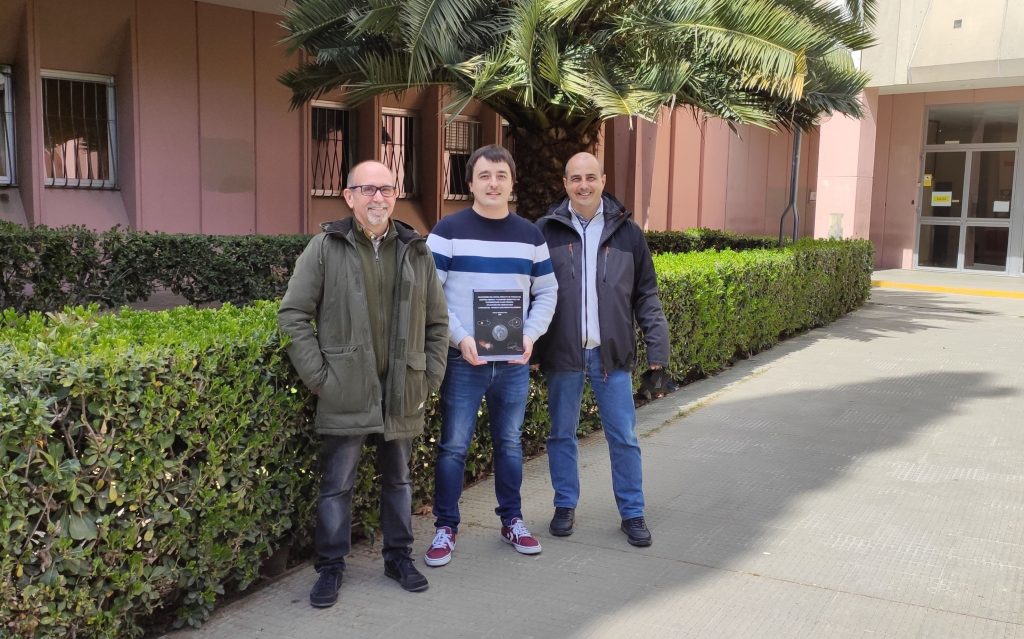Last Monday, March 28, the defense of the doctoral thesis “Deccan volcanism, Chicxulub impact, orbital control and mass extinction of planktonic foraminifera: a multidisciplinary study through the Cretaceous-Paleogene transit” took place, carried out by Vicente Gilabert Pérez and directed by Drs. José Antonio Arz and Ignacio Arenillas, all of them members of the “Paleoenvironmental Extinction and Reconstruction” research group.

This thesis has aimed to analyze and interpret the paleobiological response of planktonic foraminifera to the paleoenvironmental and paleoclimatic changes caused by the LMWE, the Chicxulub impact, the Dan-C2 and the LC29n, in order to obtain new evidence about the role played by the LMWE. the massive Deccan volcanism in the late Maastrichtian extinctions and in the subsequent evolutionary radiation during the Early Danian. For this, the planktonic foraminifera associations of the K–Pg transit have been quantitatively analyzed in four localities: Caravaca and Zumaia (Spain) and El Kef and Aïn Settara (Tunisia). The Caravaca and Zumaia sections were studied in a multidisciplinary way, also obtaining geochemical (δ13C, δ18O and CaCO3) and paleomagnetic (magnetic susceptibility) data. Finally, through magneto- and astrochronological calibrations, all recognized paleoclimatic, paleoenvironmental and paleobiological events have been dated. Astrochronological calibration techniques have also made it possible to assess the role played by orbital forcing in the events analyzed, proving to be an extremely important element when it comes to modulating the intensity of the different paleoclimatic episodes recognized throughout this time interval.

